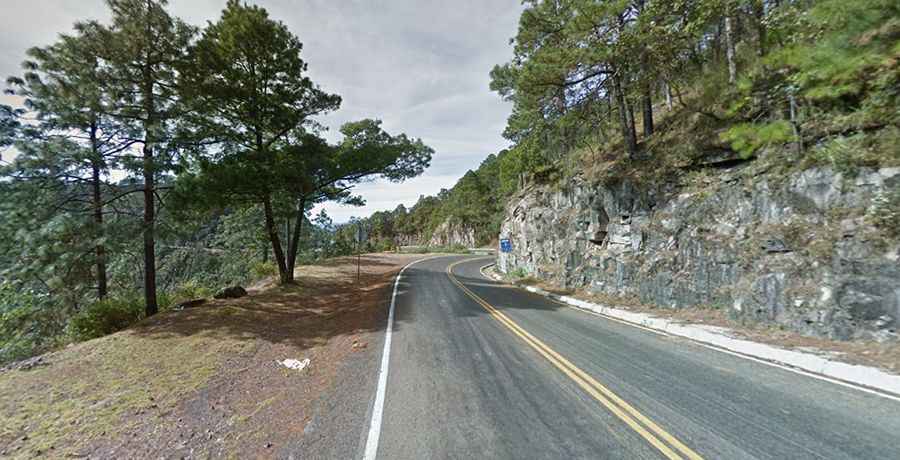Espinazo del Diablo is a Mexican Thrilling and Challenging Mountain Road
Espinazo del Diablo is a famous mountain road in Mexico, situated between Mazatlan on the west coast of mainland Mexico and Durango. This road is renowned locally and internationally for its hairpin turns and zigzagging bends. The road is predominantly situated over 2,000 meters above sea level.

Can you drive through Espinazo del Diablo?
Set high in the western slope of the Sierra Madre Occidental, the Espinazo del Diablo (Devil's Backbone) serves as a natural viewpoint at 2,440m (8,005ft) above sea level. It is flanked by two deep ravines and is located at kilometer 168 of the paved Mexican Federal Highway 40. Covering a stretch of about 10 km, the road provides a breathtaking view of the Sierra Madre Occidental, reaching its peak at 2,744m (9,002ft) above sea level. This section of the highway, which spans around 10 km, is narrow with numerous curves, approximately 2,000 in total.
Is Espinazo del Diablo dangerous?
Despite numerous cautionary tales about crossing the Devil's Backbone, El Espinazo del Diablo is exceptionally well-maintained, with many cautionary signs marking potential hazards. There are tight curves, some requiring a truck to use the entire road to navigate. The road ascends and descends through spectacular landscapes, sharp bends, and bottomless cliffs. During the winter months, there is an additional danger of ice. The road passes through mountains and deep ravines, and its construction was challenging in some sections, featuring big banks on one side and cliffs on the other. It is considered one of the most dangerous roads due to the risk of assaults, robberies, and even murders. A full tank of gas is advisable. The road traverses deep ravines, bends with bumpy asphalt, and rocks, all at an elevation of around 2,000 meters. It is prone to recurrent fogs and encounters with roaming wild animals, leading to frequent and fatal accidents. In the afternoon, thick fog often covers the road, posing challenges for less cautious drivers.
Why is it called El Espinazo del Diablo?
There are various versions explaining the name given to the area. One suggests that the impressive ravines on both sides of the road allow one to see the devil. According to local legend, when the Archangel Michael threw the devil from heaven, he landed on earth, and his backbone formed the rugged ridgeline of the Sierra Madres. The road has gained a notorious reputation for being accident-prone, with many fatalities occurring. These mountains, historically remote and inaccessible, have been used for growing marijuana and poppies, leading to significant crime related to drug trafficking. Its steep gradients and narrow sections have earned it the adjective "bleak."
Is Espinazo del Diablo worth it?
Along the road, you can marvel at the spectacular scenery offered by the Sierra Madre Occidental, running between mountains and canyons. This road is so curvy and twisted that it takes 7-8 hours to cross, with an average speed of 20 mph or less. It serves as the only crossing point of the Sierra Madres for more than 500 miles. In 2013, this road was bypassed by the scenic Mexico 40D, a 131-mile-long highway featuring 115 bridges and 61 tunnels, costing $2.2 billion. The new highway accommodates 5 million vehicles annually—four times the number handled by the old road.